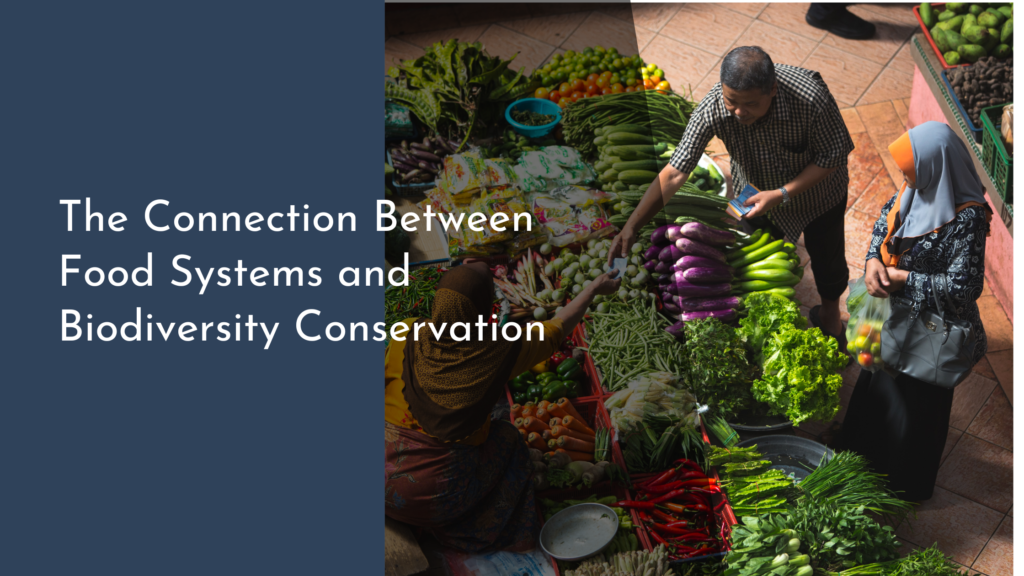Urban Forestry and Local Climate Action Plans
Urban forestry is an essential aspect of modern urban planning that integrates the management and care of trees within city landscapes. As cities continue to grow and face the challenges of climate change, urban forestry emerges as a compelling solution to enhance environmental quality and resilience. Local Climate Action Plans (CAPs) serve as frameworks for municipalities to address climate-related challenges, and incorporating urban forestry into these plans can significantly amplify their effectiveness. This article delves into the synergy between urban forestry and local climate action, showcasing the benefits of trees in urban settings and highlighting community engagement and success stories.
1. Understanding Urban Forestry: A Green Path to Progress
Urban forestry refers to the practice of managing and planning for trees and green spaces in urban environments. It encompasses a range of activities, including tree planting, maintenance, and conservation, aimed at improving urban ecosystems. Urban forests provide critical services such as air purification, temperature regulation, and stormwater management, ultimately contributing to a more livable and sustainable city. With cities becoming increasingly concrete jungles, the role of trees becomes ever more crucial in creating a balanced urban ecosystem that supports human well-being.
The benefits of urban forestry extend beyond environmental improvements. Trees also enhance the aesthetic appeal of neighborhoods, boost property values, and promote recreational opportunities. By strategically planting and maintaining urban trees, cities can create a healthier environment that fosters community well-being and social cohesion. This green path forward not only addresses immediate environmental concerns but also lays the groundwork for long-term sustainability and resilience in urban landscapes.
2. How Trees Enhance Local Climate Action Plans Effectively
Incorporating urban forestry into Local Climate Action Plans can significantly enhance their effectiveness. Trees act as carbon sinks, sequestering carbon dioxide and helping mitigate the impacts of climate change. Additionally, urban forests can help reduce the urban heat island effect, where cities experience higher temperatures than surrounding rural areas due to human activities and infrastructure. By shading buildings and streets, trees can lower energy consumption, leading to decreased greenhouse gas emissions and improved air quality.
Moreover, trees play a crucial role in stormwater management. They absorb rainfall and reduce runoff, minimizing the risk of flooding during heavy rain events. This is particularly important as climate change leads to more extreme weather patterns. By integrating urban forestry into CAPs, cities can create a holistic approach to climate resilience, fostering sustainable urban environments that are equipped to withstand the challenges of a changing climate while supporting biodiversity and enhancing community well-being.
3. Engaging Communities in Urban Forestry Initiatives
Community engagement is vital for the success of urban forestry initiatives. By involving local residents in tree planting and maintenance activities, cities can cultivate a sense of ownership and pride in their green spaces. Education programs and volunteer events not only empower community members but also foster stewardship and awareness about the importance of trees in urban settings. Collaborating with local schools, organizations, and businesses can further amplify these efforts and lead to a more unified approach toward urban forestry.
Additionally, it is essential to ensure that urban forestry initiatives are inclusive and accessible to all community members. This can be achieved by addressing barriers to participation, such as providing resources and training for diverse populations and creating opportunities for underrepresented groups to engage in decision-making processes. By building a strong community connection to urban forestry, cities can leverage local knowledge and resources, ensuring that initiatives are not just top-down approaches, but rather collaborative efforts that reflect the diverse needs and aspirations of their residents.
4. Success Stories: Urban Forestry Making a Real Impact
Around the world, cities are witnessing the transformative power of urban forestry through successful initiatives that blend environmental stewardship with community development. For instance, cities like Melbourne, Australia, have committed to an ambitious urban forest strategy that aims to increase tree canopy cover and enhance biodiversity. Their efforts have not only improved air quality but have also contributed to the city’s resilience against extreme heat, showcasing the profound impact urban forestry can have on public health and well-being.
In the United States, cities such as New York and Philadelphia have implemented innovative urban forestry programs that engage residents in tree planting and maintenance. These initiatives have led to increased green space, improved neighborhood aesthetics, and strengthened community ties. By sharing these success stories, cities can inspire others to adopt similar strategies, illustrating the collective benefits of urban forestry in achieving local climate action goals and promoting a more sustainable, vibrant urban future.
As the world grapples with the challenges of climate change and urbanization, urban forestry stands out as a bright beacon of hope. By integrating trees into Local Climate Action Plans, cities can cultivate healthier, more resilient environments that benefit both people and nature. Engaging communities and sharing success stories further elevate the importance of urban forestry, inspiring collective action toward a greener future. Embracing this green path not only enhances urban landscapes but also nurtures a stronger sense of community and responsibility for our shared environment.


